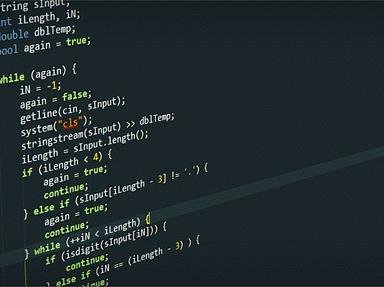Quiz Answer Key and Fun Facts
1. Which of these would be the most suitable candidate as a primary key in a store's database?
2. A database where each table has a fixed number of columns and a variable number of rows with individual tables being interconnected based on data they have in common is based on what data model?
3. Which of these database management systems is made by IBM?
4. Which of these values would be the most appropriate for the SQL data type VARCHAR(7)?
5. What SQL command adds rows to a table?
6. You have 4 tables in a database: TEACHER, CLASSROOM, STUDENT, and BUS. The STUDENT table has three foreign keys that connect to the TEACHER, CLASSROOM, and BUS tables. The CLASSROOM table has a foreign key that connects to the TEACHER table. The TEACHER and BUS tables have no foreign keys. Which table can be dropped first?
7. What is an alternate name for columns and tables called?
8. The COUNT aggregate function counts all rows including those containing null values.
9. Which of these is not a typical size class for database management systems?
10. Which join type will only return rows for which both tables contain data in the respective key column?
Source: Author
ebanks120
This quiz was reviewed by FunTrivia editor
WesleyCrusher before going online.
Any errors found in FunTrivia content are routinely corrected through our feedback system.
